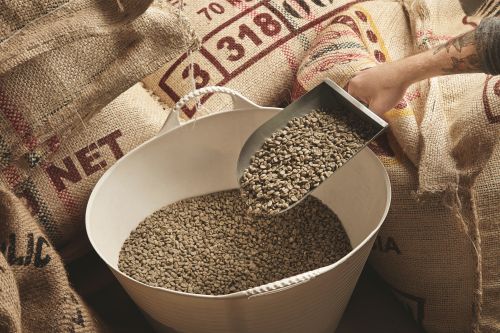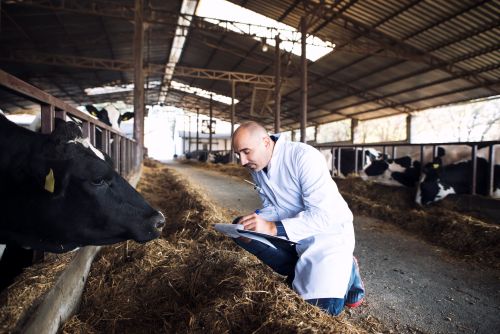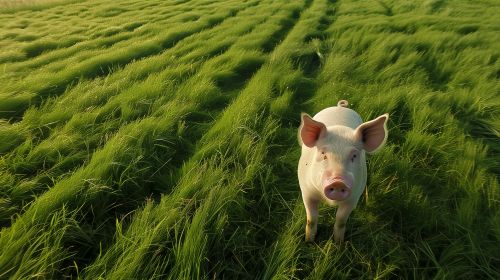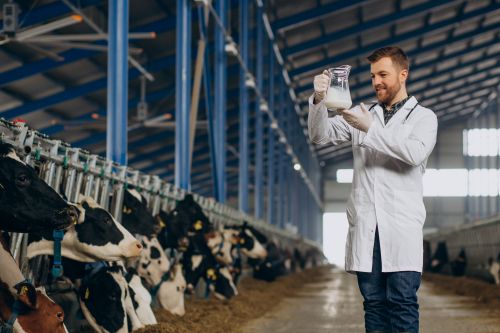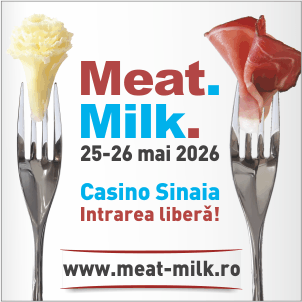478
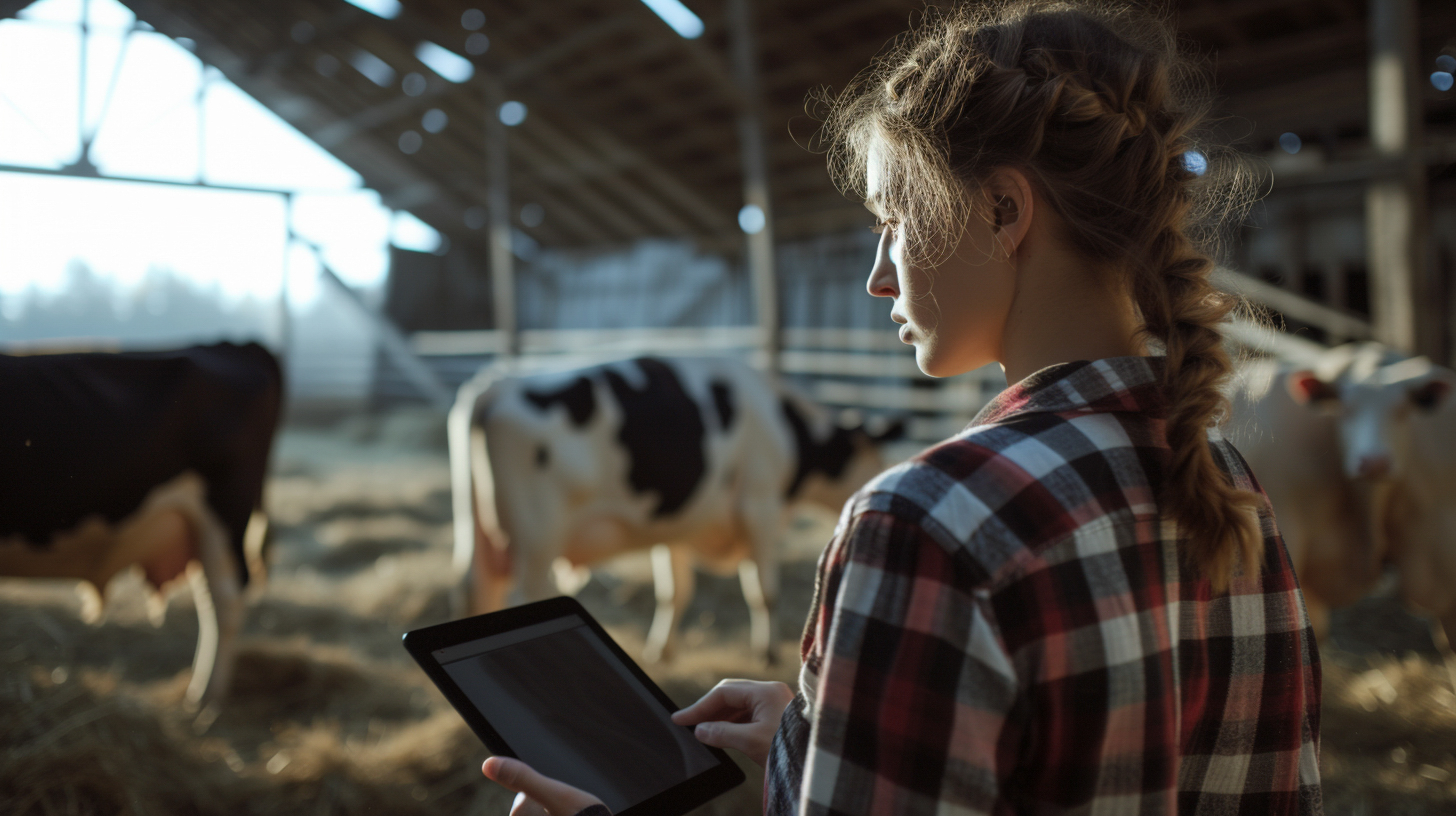
🔬 International Models of Genetic Improvement and Livestock Monitoring in the EU and Beyond
Across the European Union and globally, systems for genetic improvement and livestock performance monitoring have advanced significantly in recent decades. These developments are driven by applied research, digital transformation, and strong collaboration between farmers, public institutions, and breeding organizations. Below are several of the most relevant and functional models:
Germany
In Germany, regional breeding centers work closely with genetic institutes such as vitigenetics and the University of Göttingen. Genetic evaluations are conducted using BLUP and genomic BLUP models, supported by robust digital infrastructure. The focus goes beyond milk and meat production to include fertility, health, longevity, and other functional traits. Regional platforms are interconnected, offering real-time data access to farmers and consultants.
France
The French system is coordinated by INRAE and France Génétique Élevage. These institutions manage genetic evaluations across all species and breeds, using a centralized database and a broad network of partners (breeding associations, test centers, laboratories). Evaluations are integrated with economic data, and farmers receive regular genetic profiles and targeted selection recommendations based on productivity and cost-efficiency.
The Netherlands
The Dutch are pioneers in integrating genetics, animal health, and sustainability. Organizations such as Royal GD and CRV partner with universities and commercial farms to collect and analyze data. Their software platforms generate genetic scores for individual animals, factoring in feed conversion, methane emissions, and disease predispositions. Farmers receive real-time forecasts and strategic mating suggestions.
New Zealand
In New Zealand, the Livestock Improvement Corporation (LIC) oversees genomic selection and official performance recording for dairy cattle. The system emphasizes feed efficiency, fertility, grazing adaptation, and emission reduction. Genetic evaluations are embedded into mobile apps and farm software, giving breeders fast, data-driven tools for long-term planning and decision-making.
Canada
Canada stands out with Lactanet, a national platform that integrates genetic improvement data, performance recording, animal health, and economic management. Evaluations cover traditional traits (milk, meat), as well as modern indicators like metabolic resilience, successful insemination rate, and feed efficiency. All data is made available to farmers via customized digital portals.
🔑 Common Success Factors
These models share several key features:
- Unified national databases
- Advanced genetic evaluation methods, including genomic selection
- Full digitalization of livestock records
- Accessible, practical reports tailored for farmer use
- Strong collaboration among public institutions, breeder organizations, and research institutes
These elements have proven essential for the effectiveness and long-term impact of genetic improvement systems worldwide.
(Photo: Freepik)
